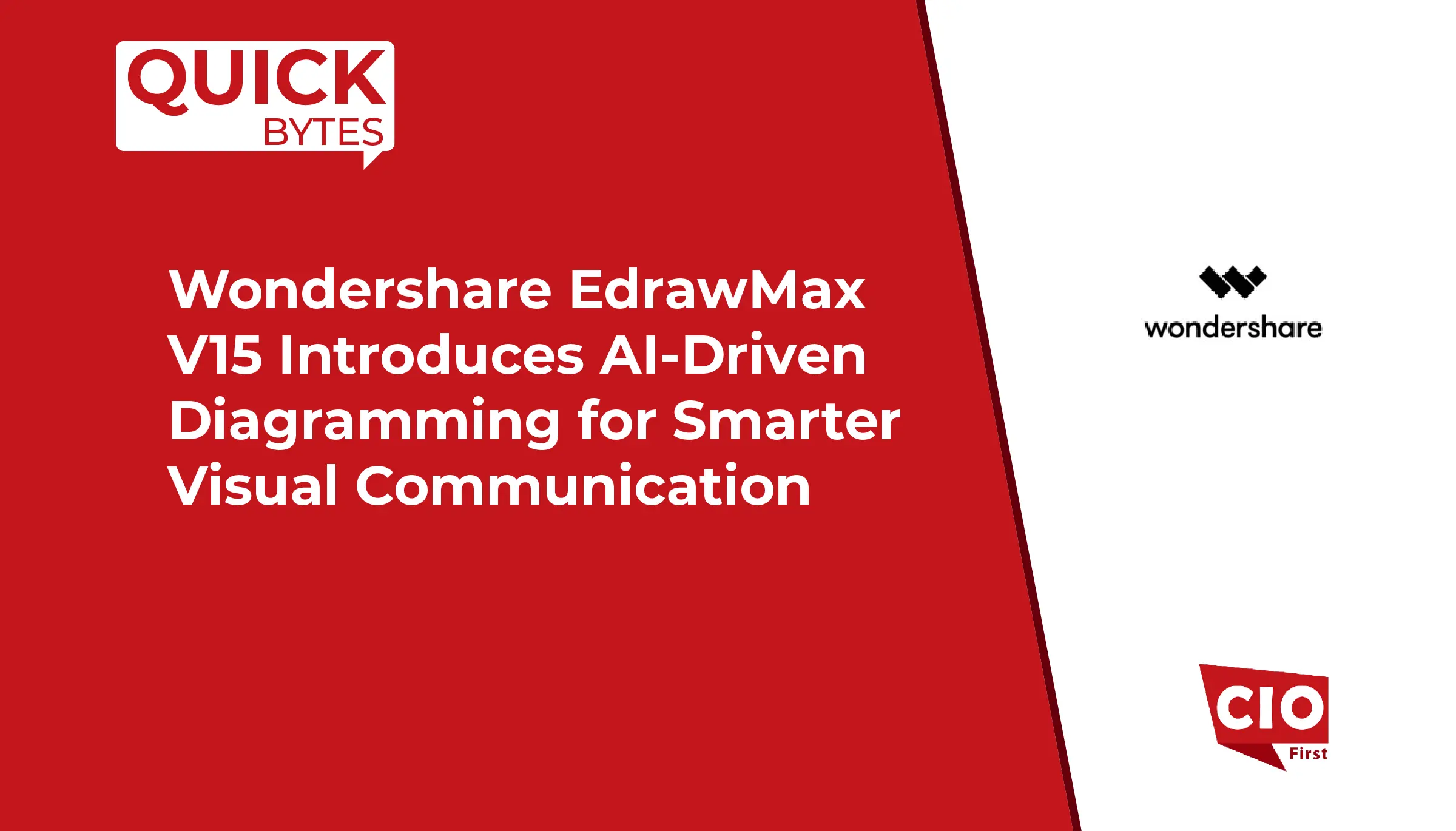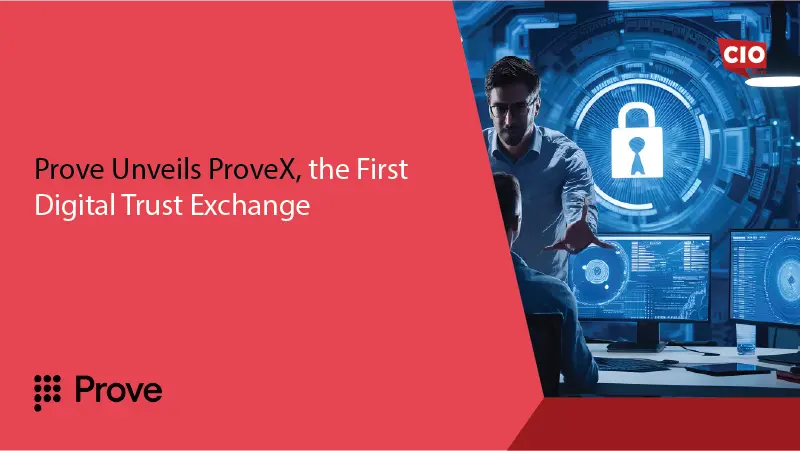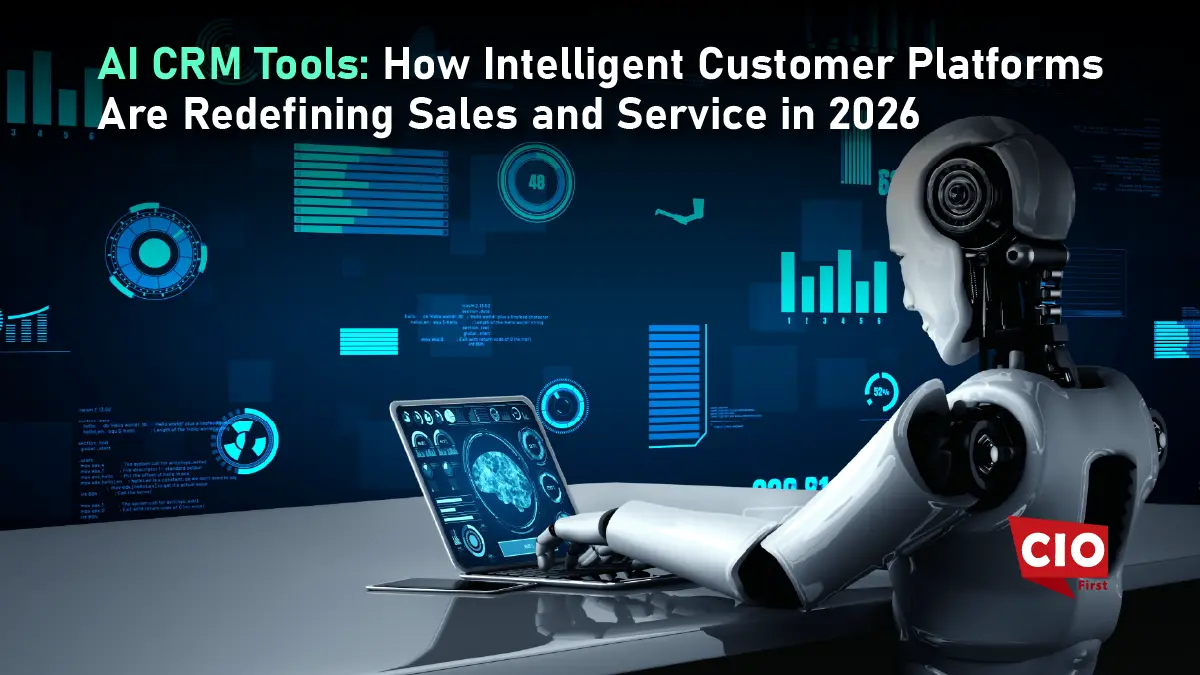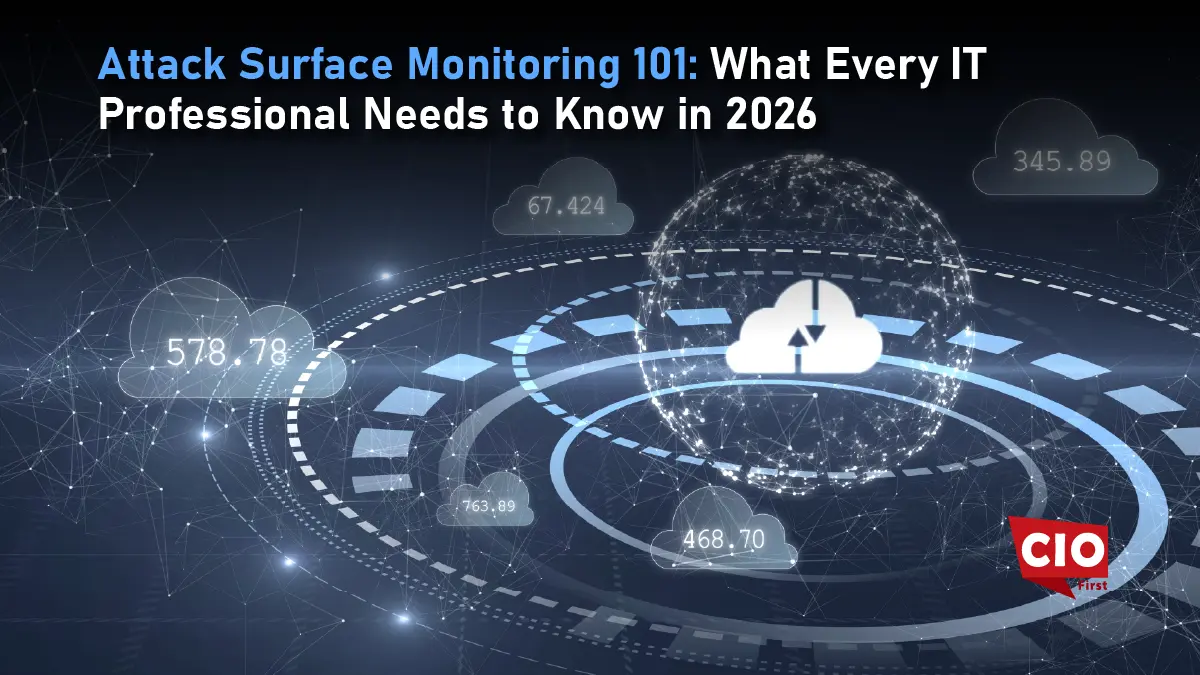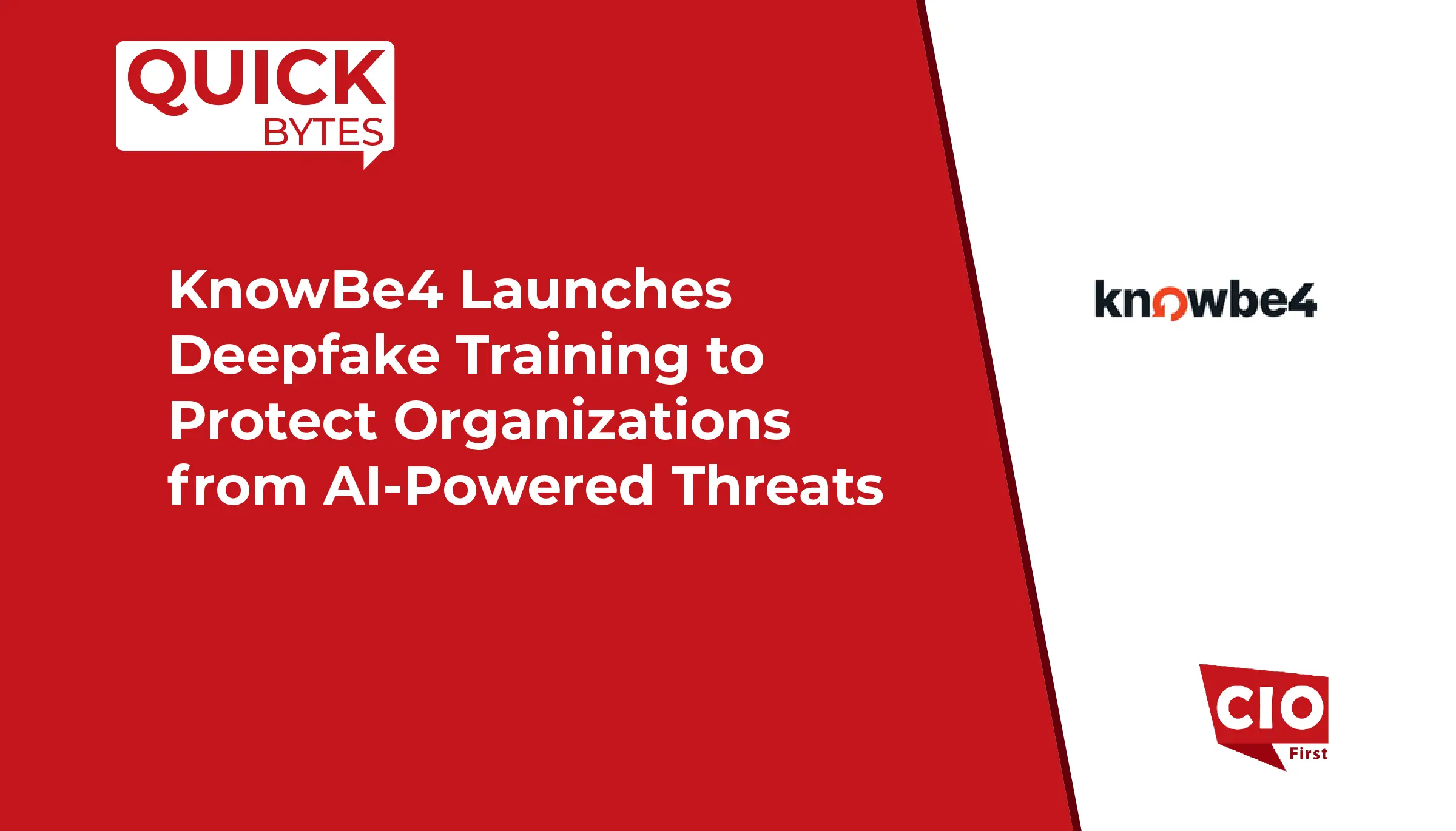WiMi Hologram Cloud Inc, a leading global Hologram Augmented Reality Technology provider, announced that it integrated cloud computing and blockchain technology, and developed a blockchain-based integrated architecture for security maintenance in cloud computing, aiming to create an ecosystem of cloud services that are both efficient and secure, providing a solid guarantee for data integrity and reliability.
The core of blockchain technology lies in its tamper-proof, thanks to its distributed ledger structure with strong encryption algorithms. Each block contains the hash value of the previous block, and any modification of the historical data will lead to changes in the hash value of the subsequent block, which will be quickly recognized by the network, effectively preventing illegal tampering of data. In addition, the consensus mechanism ensures the consistent recognition of the data state by all participating nodes in the network, further reinforcing the security of the system.
WiMi’s blockchain-based integrated architecture for security maintenance in cloud computing integrates the advantages of blockchain technology into cloud computing architecture to build a secure and efficient cloud service environment. The solution utilizes the blockchain’s tamper-proof characteristics and distributed consensus mechanism to ensure that data operations in the cloud environment are verifiable and tamper-proof throughout, making up for the shortcomings of the traditional cloud computing model in data protection. By introducing homomorphic encryption to safeguard data privacy and integrity during processing, combining the Byzantine fault-tolerant consensus to build a distributed CSP network, and adopting the master hash verification mechanism to strengthen the cross-node confirmation of data authenticity, it aims to provide users in various industries with both efficient and secure cloud computing services, and reshape the foundation of trust in the digital era. Its core modules include homomorphic encryption, Byzantine fault-tolerant consensus mechanism and main hash value verification.
Homomorphic encryption and data integrity: Utilizing homomorphic encryption allows data to be directly computed in an encrypted state without having to be decrypted first, which not only maintains the privacy of the data, but at the same time permits manipulation of the encrypted data without compromising its integrity. This technology ensures data integrity in all homomorphic encryption processes, even in multi-cloud environments.
Byzantine fault-tolerant consensus mechanism: In the face of a possible single point of failure or malicious behavior of Cloud Service Providers (CSPs), the scheme introduces the BFT consensus algorithm. This mechanism tolerates a certain percentage of faulty nodes (including malicious or failed nodes). It ensures that the network can agree and continue to operate even if some participants are dishonest. By constructing a distributed CSP network, participants are involved in the validation and processing of the data.
Master hash validation: For each completed round of computation, each CSP generates a master hash value for the data it processes and broadcasts it to other nodes in the network for validation. This process ensures that every step of data processing is monitored by the whole network, and any attempt to tamper with the data will be revealed because it cannot pass the hash value verification.
WiMi‘s blockchain-based integrated architecture for security maintenance in cloud computing not only solves the serious challenge of data integrity in cloud computing, but also lays a solid foundation for realizing a trusted computing environment. By combining the tamper-proof features of blockchain and the powerful processing capabilities of cloud computing, a path to higher levels of data security and trust is opened. In the future, with the continuous maturation of technology and the broadening of application scenarios, the fusion model of cloud computing and blockchain technology is expected to become a new driving force to promote the safe development of the digital economy and protect data assets.
SOURCE: PRNewsWire






